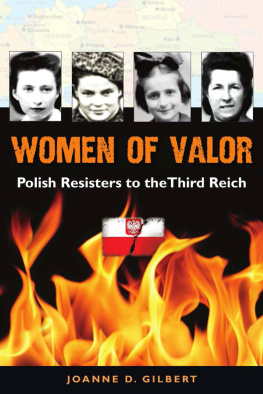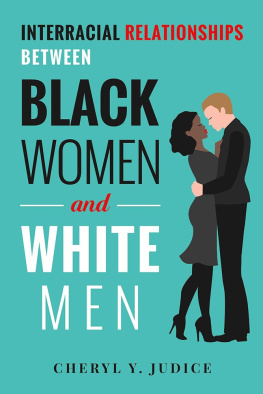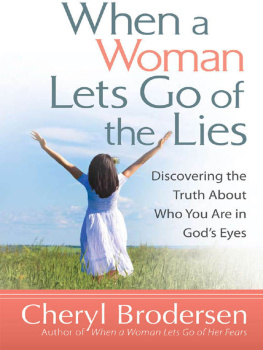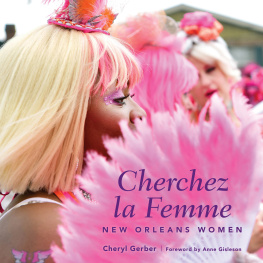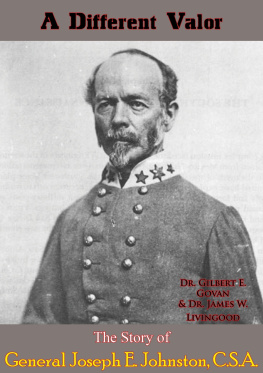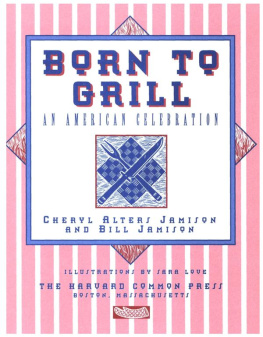
This edition is published by PICKLE PARTNERS PUBLISHINGwww.picklepartnerspublishing.com
To join our mailing list for new titles or for issues with our books picklepublishing@gmail.com
Or on Facebook
Text originally published in 1999 under the same title.
Pickle Partners Publishing 2014, all rights reserved. No part of this publication may be reproduced, stored in a retrieval system or transmitted by any means, electrical, mechanical or otherwise without the written permission of the copyright holder.
Publishers Note
Although in most cases we have retained the Authors original spelling and grammar to authentically reproduce the work of the Author and the original intent of such material, some additional notes and clarifications have been added for the modern readers benefit.
We have also made every effort to include all maps and illustrations of the original edition the limitations of formatting do not allow of including larger maps, we will upload as many of these maps as possible.
WOMEN OF VALOR IN THE AMERICAN CIVIL WAR
By
Cheryl A. Heimerman, Lt Col, USAF
TABLE OF CONTENTS
Contents
TABLE OF CONTENTS
REQUEST FROM THE PUBLISHER
Preface
Much has been written about the American Civil War but comparatively little can be found about the role that women played serving their cause, either Confederate or Union. My research took me to a different world where women did not yet vote and were not considered capable of making a decision. What I discovered were fascinating stories about women that risked their lives as nurses, soldiers and spies. Names like Clara Barton, Rosetta Wakeman, Elizabeth Walker and Belle Boyd are just a few of many ladies with stories of patriotism, courage and devotion to duty during the Civil War.
My interest in even pursuing this subject can be attributed to Dr. Howard Hensel. He brought history alive for me. His lectures are like a novel, complete with vignettes on the characters personalities and idiosyncrasies that bring life to the events that shaped history. My sincere gratitude to him for kindling the flame of curiosity to learn more.
My sincere appreciation to Senior-Airman Angela Perry and Ms Janet Fecteau for providing incredible administrative support. They made the insertion of graphics look easy but I can assure you, for many of us, it is not. I couldnt have finished this paper without them.
I hope you find the stories of these women as intriguing as I did. And if youre like me, share it with others. They are truly women of valor.
Abstract
The role of women in the Civil War has often been overlooked in history. Womens roles prior to the Civil War were primarily confined to the home and family. Single women or those who were financially challenged could find work outside the home but opportunities were limited. At the outset of the war, more women were forced into working in factories or for the government, not only to support the war effort but also to provide for the family when the husband was at war. Many women who stayed home also became the nucleus for the formation of ladies aids societies, gathering supplies and raising funds for the soldiers.
Other women chose a more direct involvement in the war. These women, including daughters of the regiment, vivandires , militia members, spies, saboteurs, soldiers, nurses and doctors, proved that women could be aggressive, resourceful and patriotic. While little has been written about their contributions, in recent years more research has brought their stories to the forefront. By selecting a representative sampling of women in each category, a better understanding of womens changing roles was revealed.
Since many of the roles of women during the Civil War were a departure from those considered traditional at the time, it is important to consider how these changing roles impacted life for women after the war ended. History shows both positive and negative impacts in areas such as careers and education, however, virtually no progress was made for the role of women in the military.
Many women served with valor during the Civil War and their contributions were to have a lasting impact on the lives of women in the future.
Chapter 1 Pre-Civil War Life
We are not enemies, but friends. Though passion may have strained, it must not break our bonds of affection. Abraham Lincoln
The American Civil War had a profound effect on the lives of most Americans. While much of the destruction of the land and peoples property was within the Confederate States, virtually no family was left untouched in the loss of lives of loved ones. Lives changed for more than the men who went off to fight for the cause of the Federals or the Confederates. Womens lives were dramatically changed as well, as women took on new roles to support the war effort, not only at home, but on the battlefield too. Its the lives of the women who took to the battlefield as nurses, soldiers, spies and saboteurs that were truly revolutionary.
Womens Life before the Civil War
To appreciate the significance of their decision to contribute to the war effort away from home, it is important to understand how women lived before the war began. During the thirty years preceding the Civil War the nation experienced more than physical growth and expansion. There was also economic diversification, democratic advancement, intellectual progress and sectional hostility. {1} Men moved into jobs in factories and offices. But how did these changes affect the women? In spite of these changes, a womans world was still focused on the home and family. Her role was to bear and nurture children and to make the home a haven to which the husband returned from work each day to find love and warmth at the hearth. To the extent that this cult of domesticity removed women from the real world and confined them to an inferior sphere, was a setback to any quest for equal rights and status. {2} Most women readily conceded authority to men: first to their father then to a husband or in the case of widows and spinsters, to another male relative. {3}
The economic transformation in the mid-19 th century did change the quality of family life as historians note the simultaneous decline of the birth rate and the rise of education in the nineteenth century. Women played a crucial role in these developments and derived significant benefits from them. Middle-class marriages became more of an equal partnership than ever before. In some respects women attained a superior position in the partnership. If men ruled outside the home, women tended to rule within it. The decision to have fewer children was a mutual one but probably most often initiated by women. Fewer children meant that middle-class women in 1850 were less continuously burdened by pregnancy, childbirth and nursing than their mothers and grandmothers had been. This not only enabled them to give each child more affection; it also freed them for activities outside the home, specifically religion and education. {4}
Women had long constituted a majority of church members; during the Second Great Awakening they increased their prevalence in that realm. This evangelical revival also produced a benevolent empire of Bible societies, moral reform organizations and social uplift associations of all kindsmost notably the temperance and abolitionist movements. Women were active in all of these efforts, first in separate female societies but increasingly in mixed associations after women abolitionists made this breakthrough in the 1830s. {5}




